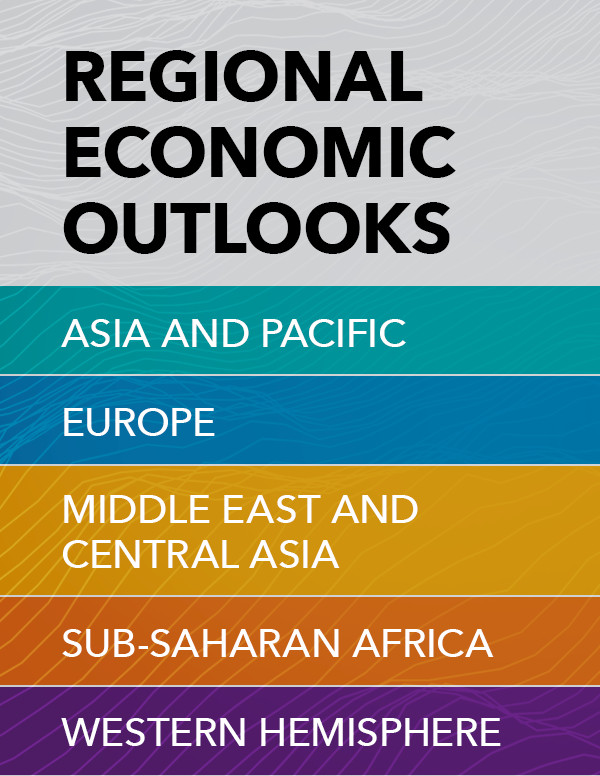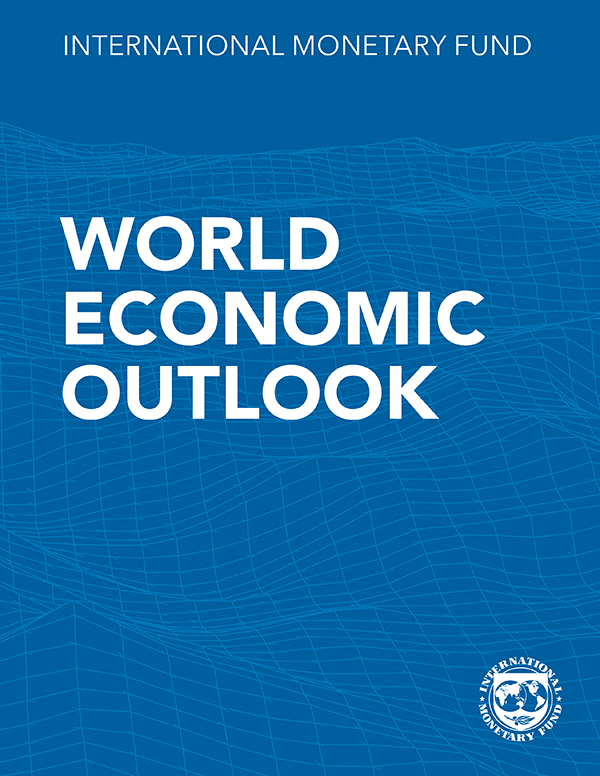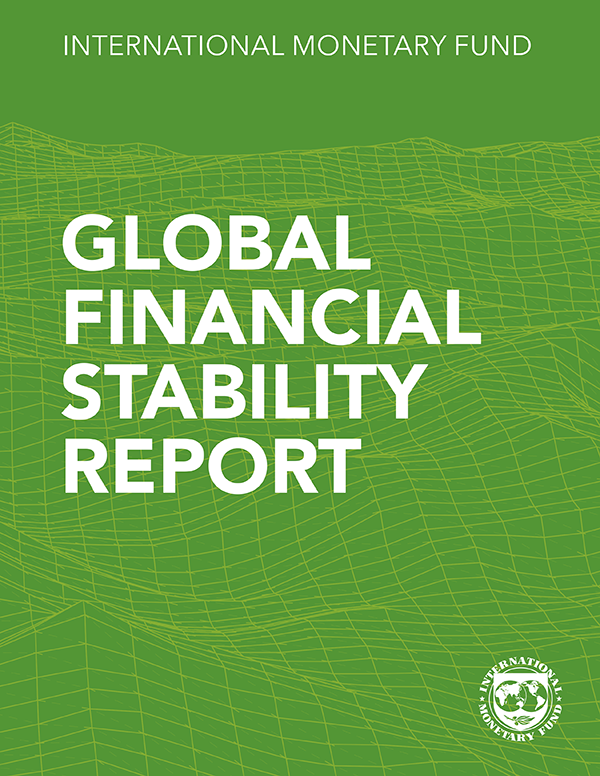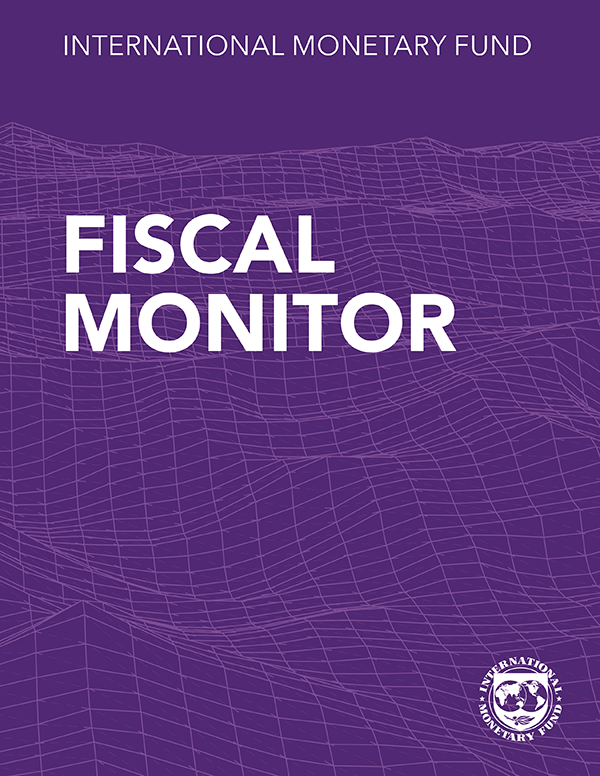
This year’s report provides the external sector assessment of 30 of the world’s largest economies on the basis of their 2023 data. With tight monetary policy conditions in key advanced economies continuing in 2023, the US dollar remained strong in 2023 and early 2024 by historical standards, while other reserve currency movements have been mixed. Net capital inflows to emerging market and developing economies recovered slightly from the lows experienced in 2022 but remained negative in 2023. Gross inflows and outflows in emerging markets declined, however. Against this background, the global current account balance (defined as the cross-country sum of absolute values of current account) narrowed significantly in 2023, while the excess global current account balance (in excess of the current account norms) has remained broadly unchanged relative to 2022.
The report also analyzes the historical pattern in the external sector implications of energy price swings. Energy-importing countries are exposed to adverse effects of negative oil supply shocks but can adopt several policy measures to soften the impact. Possible implications of the clean energy transition and the evolving correlation between the oil price and US dollar are discussed. Lastly, the report contains external sector assessments of individual economies, which are based on a wide range of methods including a multilaterally consistent model of current accounts.

Chapter 1: External Positions and Policies
The US dollar strength persisted in 2023, with the currency remaining close to its post-2000 peak. Net capital inflows to emerging markets remained negative in 2023, albeit recovering slightly relative to 2022, driven by net outflows from China. The global current account balance narrowed significantly in 2023, moderating toward pre-COVID-19 levels. The narrowing reflected a reversal of large current account surpluses in commodity exporting countries, as commodity prices declined. Continued recovery from the COVID-19 pandemic and a slowdown in global trade in goods during 2023 also contributed. In 2024 and over the medium term the global current account balance is expected to narrow slightly more, as CA deficit countries embark on fiscal consolidation and commodity prices moderate. Staff assessment suggests excess global current account balances remained broadly unchanged since 2022.

Chapter 3: 2023 Individual Economy Assessments
The individual economy assessments use a wide range of methods to form an integrated and multilaterally consistent view of economies’ external sector positions. These methods are grounded in the latest vintage of the External Balance Assessment (EBA), developed by the IMF to estimate desired current account balances and real exchange rates. Model estimates and associated discussions on policy distortions are complemented by a holistic view of other external indicators. The policy discussion in the individual economy assessments highlights policies and reforms that contribute to convergence toward (or maintenance of) external balance.
Publications

-
September 2024
Finance & Development
- PRODUCTIVITY

-
September 2024
Annual Report
- Resilience in the Face of Change

-
Regional Economic Outlooks
- Latest Issues













